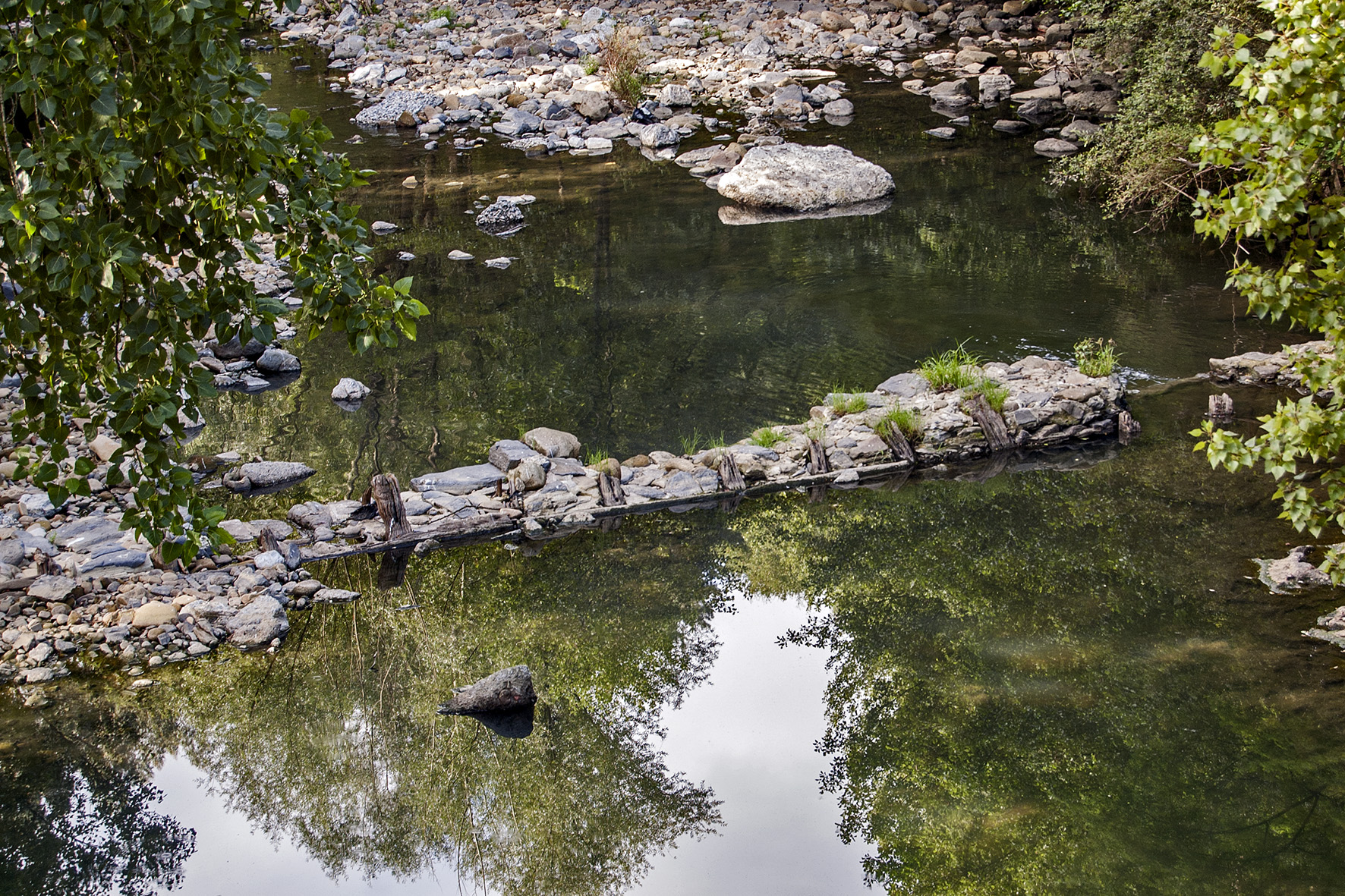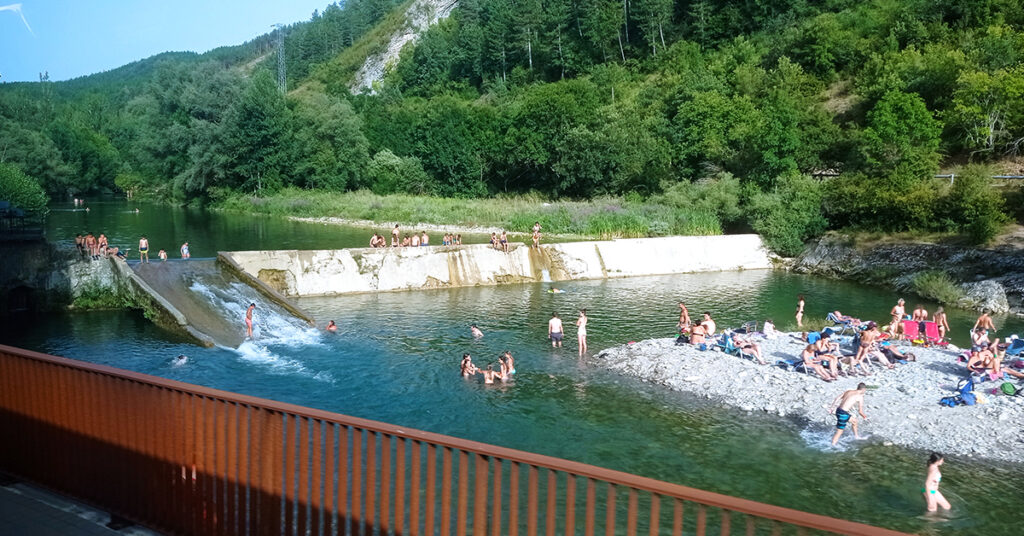Archives
The previous article discussed the damage caused by dams in rivers and their relationships with the heritage. Here are some examples:
Some significant examples
The Santa Engracia dam in Pamplona was first documented in the 13th century. It has been in disuse for decades. It was used for different activities, the last of which was for the rubber industry in the 20th century. The River Arga damaged it several years ago and the sheet of water disappeared as a result; the Pamplona rowing club had to stop using it for their sport. That has led to robust discussion. The law requires it to demolished, which was so ordered by the Ebro River Authority and the Government of Navarra’s Ministry of the Environment; but the City Council has called for it to be rebuilt. Its heritage value has been stressed by the parties that wish to rebuild it, but the most appropriate way to show its interior would be precisely to demolish it and display the inner part of one of its ends. From the intangible heritage perspective, the use by the rowing club would obviously not be reason enough.

Vestiges of the dam at Vicario Mill in the neighbourhood of Molinar, 1978. Miguel Sabino Díaz.
Heavy rainfall caused a great deal of destruction in the Valley of Carranza (Bizkaia) back in 1978 and revealed the remains of ancient timber dams, which allowed to know in situ the technique used in the construction of these old-time hydraulic structures of clear medieval origin.
Well into the 19th century the majority of the watermills in the Valley employed small, straight single-walled dams to provide power to the water-raising machinery. (more…)


